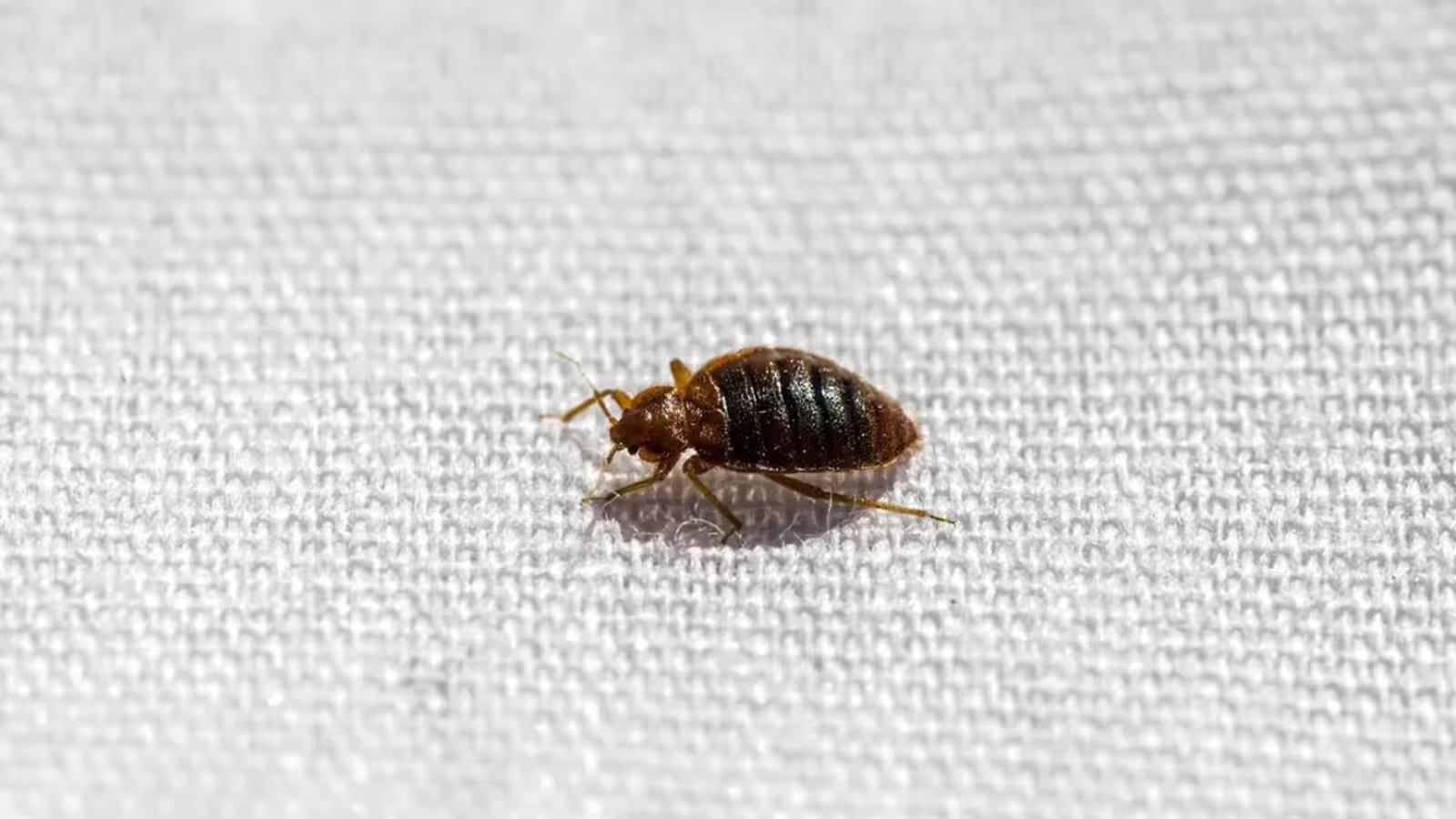4 Minutes
Introduction: The Enduring Threat of Bed Bugs
Bed bugs (Cimicidae) have plagued humanity for tens of thousands of years, earning the title of one of the world’s earliest urban pests. Recent genomic studies reveal these insects began adapting to live alongside humans at the dawn of civilization—long before antibiotics, pesticides, or even cities themselves. Despite periodic control efforts, such as the introduction of powerful insecticides, bed bugs have demonstrated astonishing resilience, adaptation, and a remarkable evolutionary partnership with our species that continues to challenge urban pest management to this day.
The Evolutionary Origins of Bed Bugs
Current research suggests that bed bugs have existed since the age of dinosaurs, making them one of the most ancient insect lineages on Earth. However, the evolutionary relationship between humans and bed bugs deepened significantly around 60,000 years ago, as early Homo sapiens began moving out of caves and forming the first complex societies. A recent study by entomologists at Virginia Tech analyzed the genomes of two distinct strains of bed bugs: one associated historically with bats, their original hosts, and another specialized to feed on humans. Their findings indicate that as humans developed communal living, a subset of bed bugs shifted their host preference from bats to people and have since evolved alongside us.
Genomic Insights and Historical Population Changes
Lindsey Miles, lead researcher and entomologist at Virginia Tech, explains: “We wanted to track changes in the effective population size—meaning how many individuals were really contributing to the next generation—because that can shed light on significant events in the species’ past.” Both the bat-associated and human-associated groups experienced population declines that matched the last Ice Age. However, while the bat-associated lineage never fully recovered, the human-associated bed bug population rebounded dramatically, thriving as human settlements grew, supporting the idea that bed bugs are humanity’s first urban insect pest.
Bed bugs' close association with humans has also resulted in reduced genetic diversity—making them genetically distinct from their wild counterparts and highly specialized in feeding on human hosts.
Impressive Resilience and Adaptation
Bed bugs’ impressive survival skills have ensured their persistence across changing climate, chemical interventions, and urban expansion. In the mid-20th century, the widespread use of insecticides like DDT (dichlorodiphenyltrichloroethane) almost eradicated bed bug infestations. Yet, in just a few years, bed bug populations reemerged, demonstrating newfound resistance to these chemicals. This rapid adaptation underscores their evolutionary flexibility and the difficulty of eradicating them from human environments.
Urbanization, globalization, and a rise in international travel since the late 20th century have further fueled bed bug population explosions worldwide. For example, Australia experienced a staggering 4,500% increase in bed bug infestations in 2006, and today, these pests are present in nearly every major city across the United States and much of the developed world—including densely populated urban centers in Iran and elsewhere.
Scientific and Public Health Implications
Despite their nuisance status, bed bugs are not known vectors of disease. Their bites can cause significant discomfort, including itchy welts and skin inflammation, but they have not been shown to transmit infectious pathogens to humans. This trait distinguishes bed bugs from mosquitoes or ticks, which are well-documented disease carriers.
The remarkable resilience and adaptability of bed bugs present valuable opportunities for scientific research. Understanding how bed bugs rapidly evolve resistance to chemical controls can help epidemiologists refine models of pest spread and disease risks in rapidly urbanizing environments, potentially informing public health policy and future pest management strategies.
The United States Environmental Protection Agency (EPA) has published comprehensive guidelines for managing bed bug infestations, emphasizing non-chemical and community-centered approaches. These resources empower individuals and institutions to manage bed bugs without always requiring professional exterminators.
Comparing Survivors: Bed Bugs vs. Cockroaches
Entomologists continue to debate which insect—bed bugs or the famously hardy German cockroach (Blattella germanica)—might ultimately prove more successful in changing planetary conditions. Unlike cockroaches, which are omnivorous and able to adapt to a wide range of environments, bed bugs are obligate blood feeders with a narrow host preference. However, the evolutionary arms race between these urban pests and human control measures continues to provide insights into resilience, adaptation, and survival among insects.
Conclusion
Bed bugs are a testament to evolutionary adaptability, tracing their rise to the earliest days of human civilization. Over the past 60,000 years, they have not only survived but thrived by evolving alongside us, outmaneuvering powerful pesticides, and resurging in the world’s largest cities. Although they do not transmit disease, their history represents a unique intersection of urban biology, public health, and the ongoing challenge of controlling pest populations in a changing world. As research continues into their genetics and behavior, bed bugs will remain both a scientific curiosity and an ever-present urban adversary.


Comments